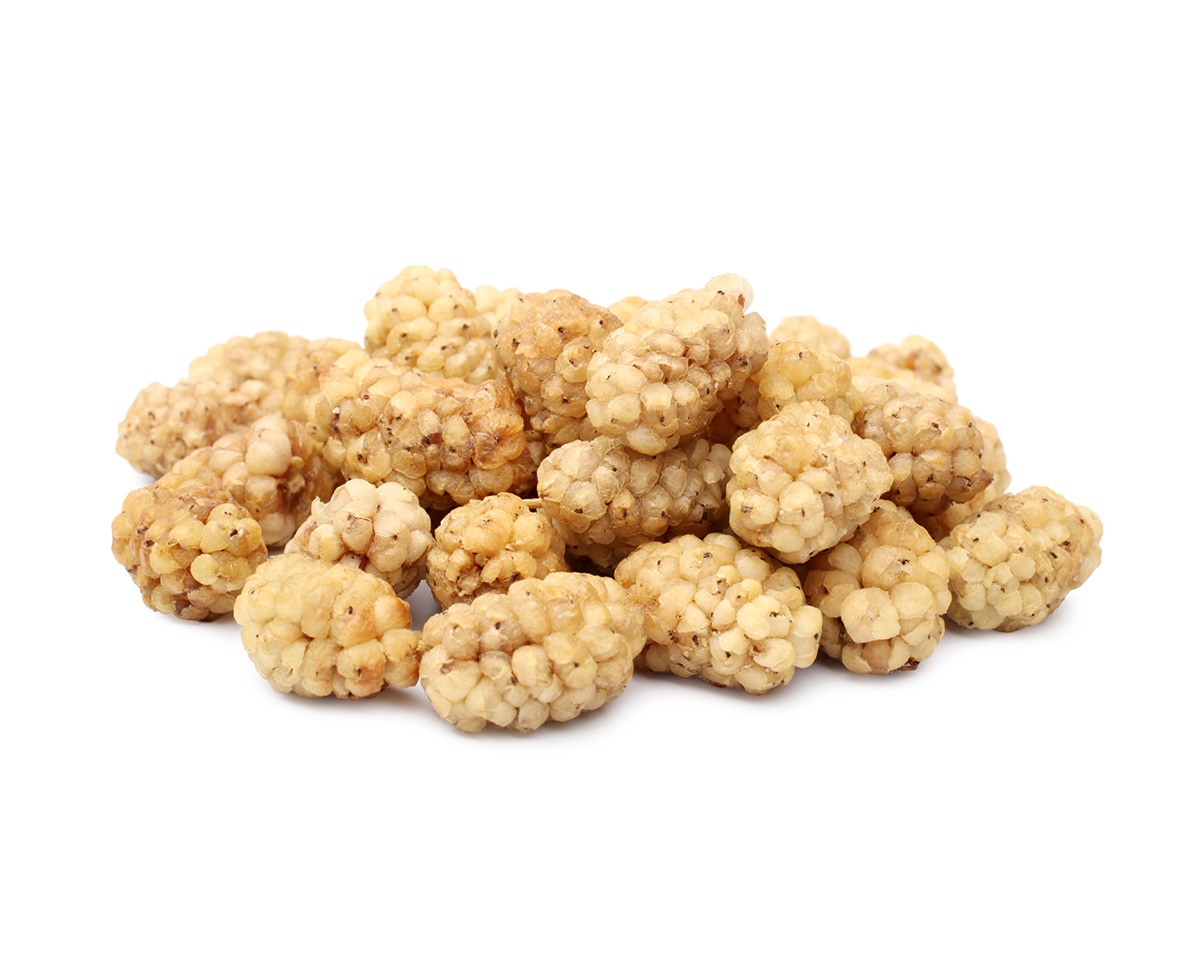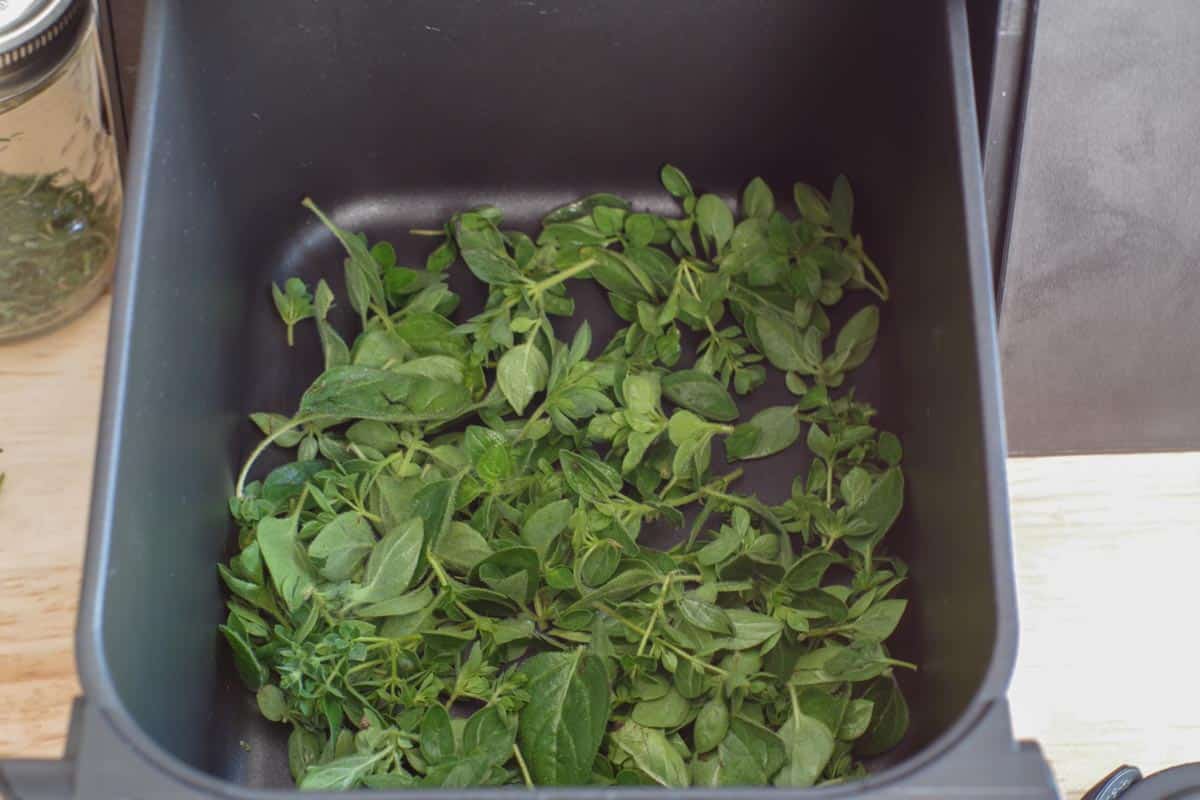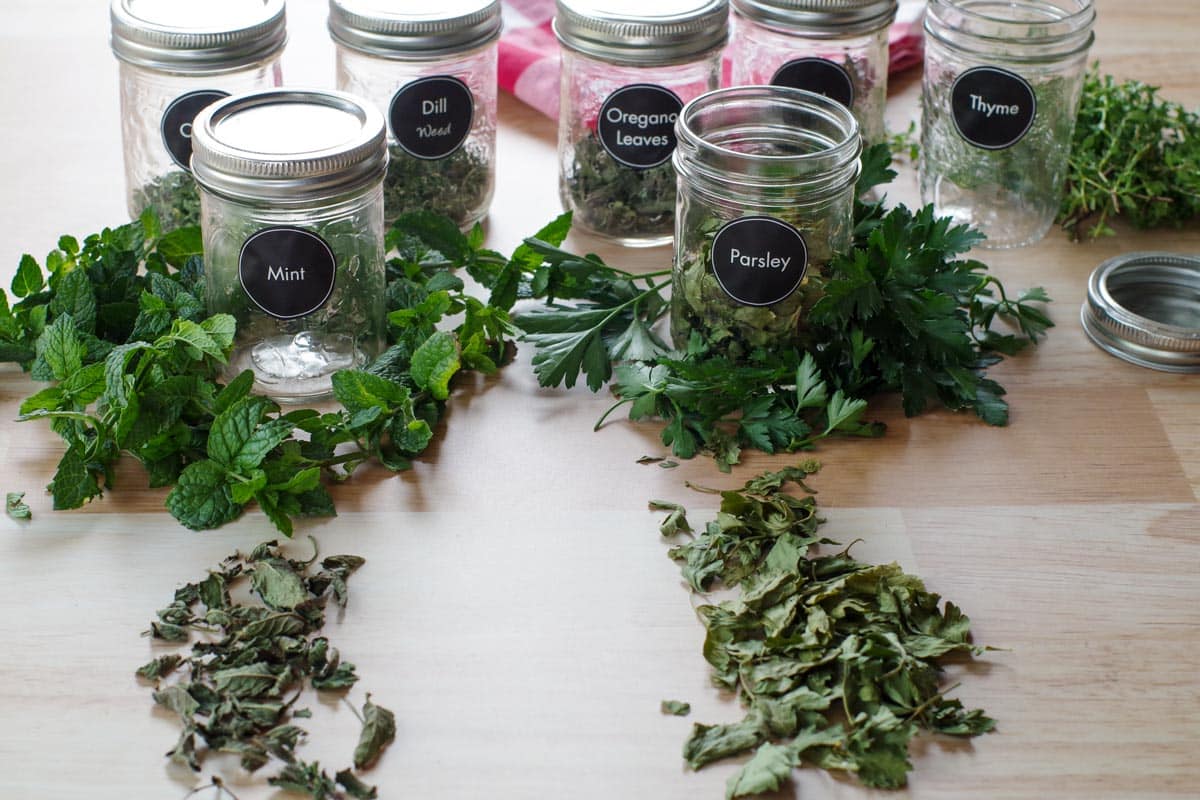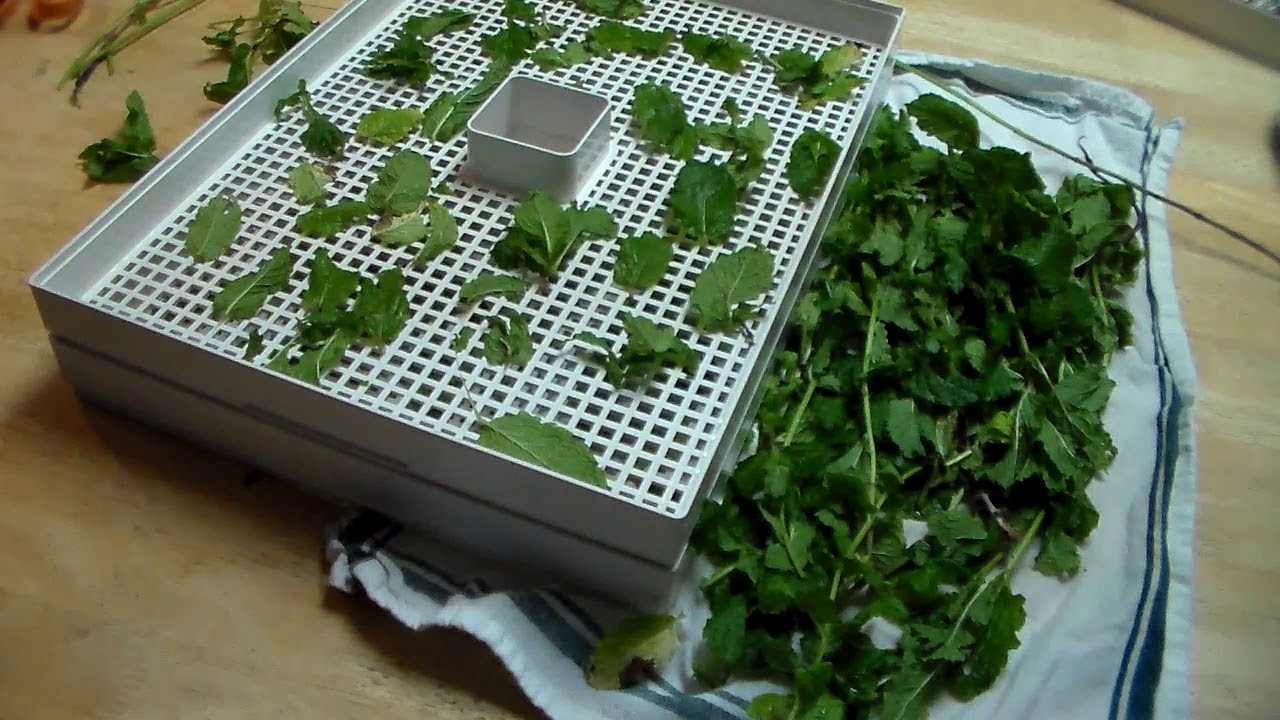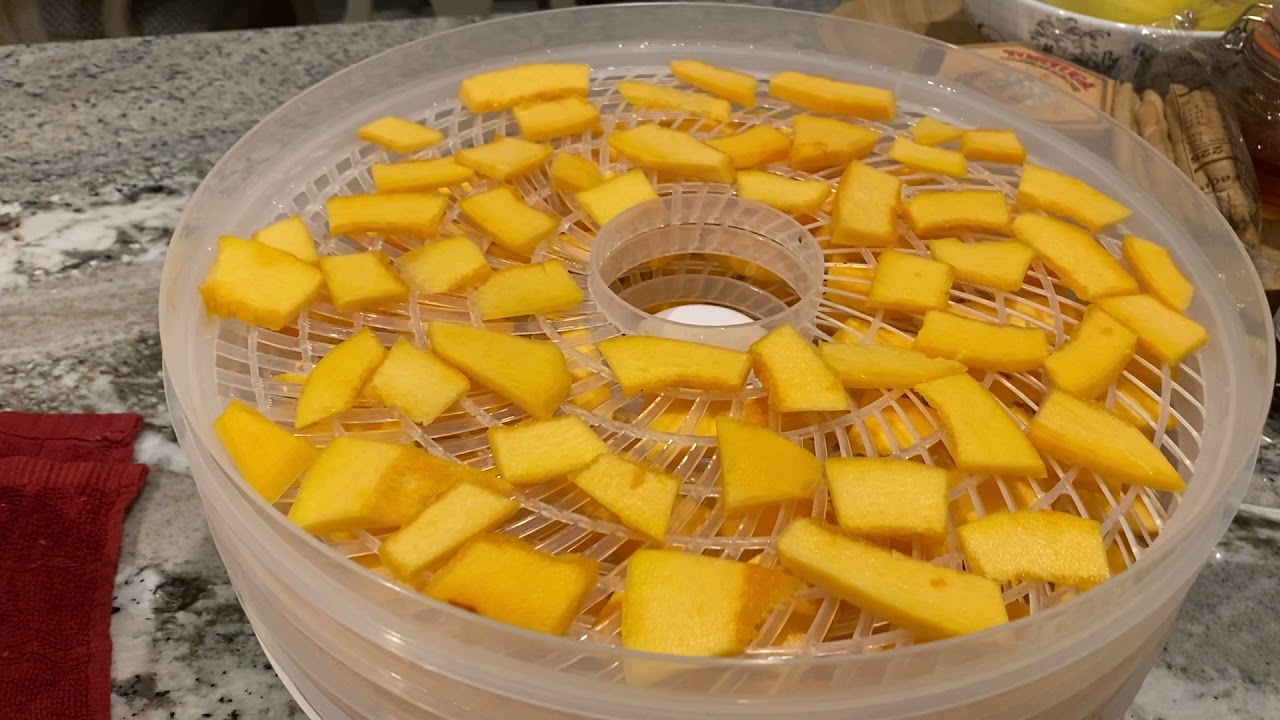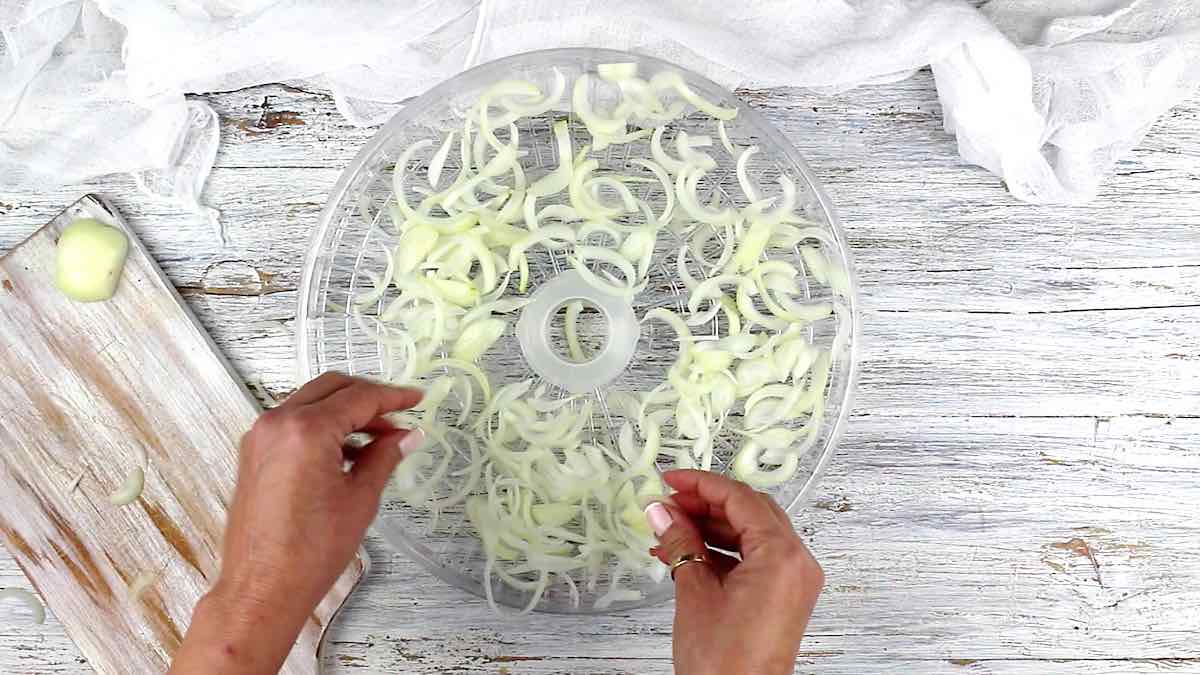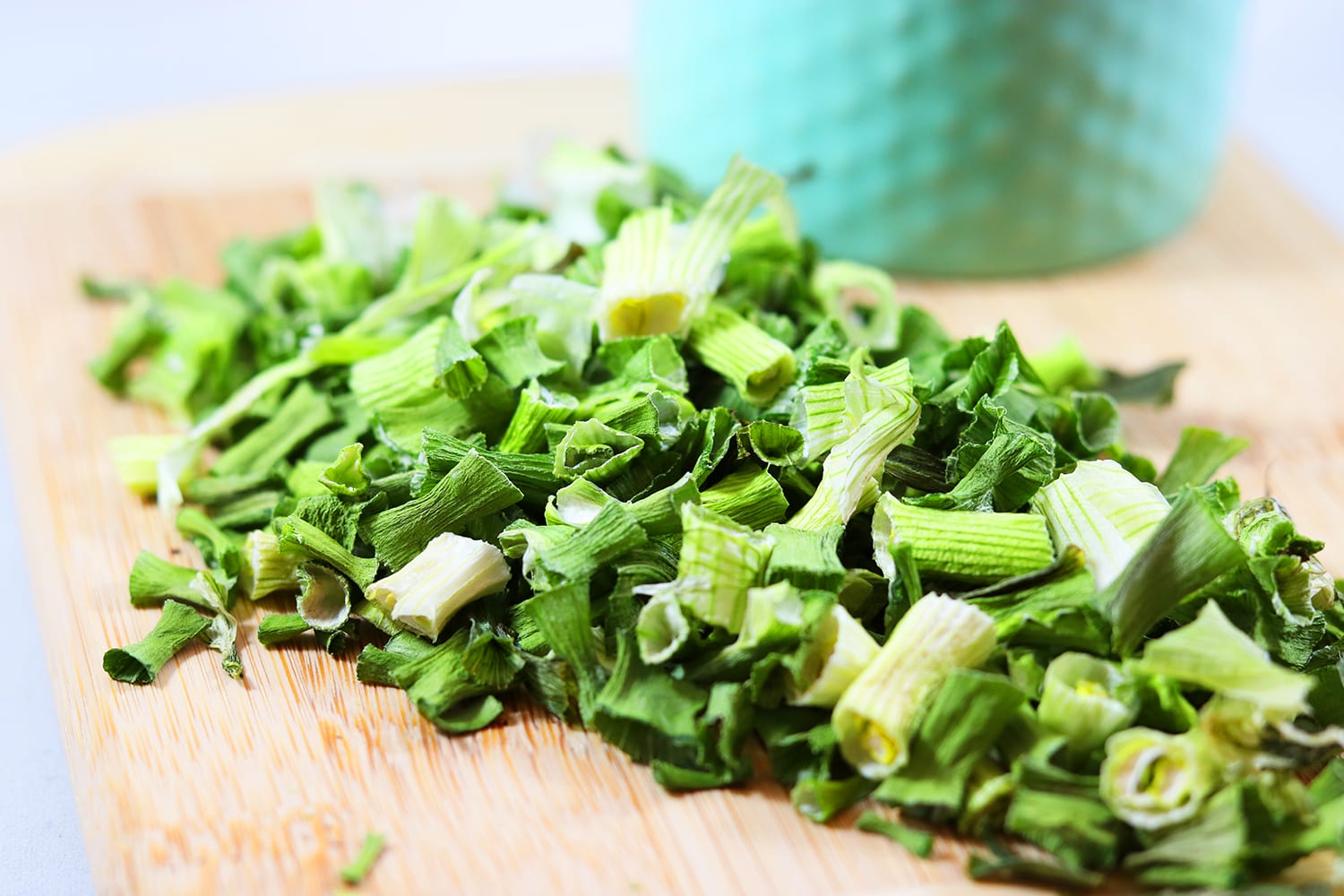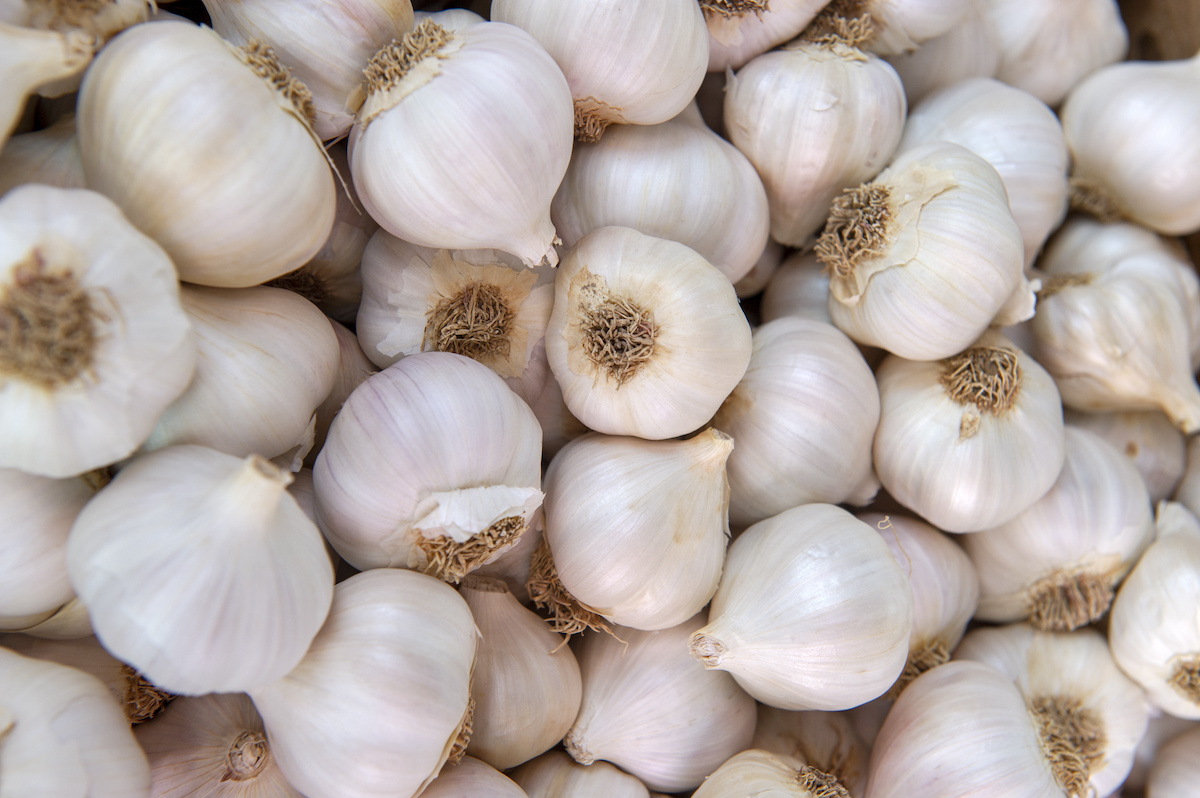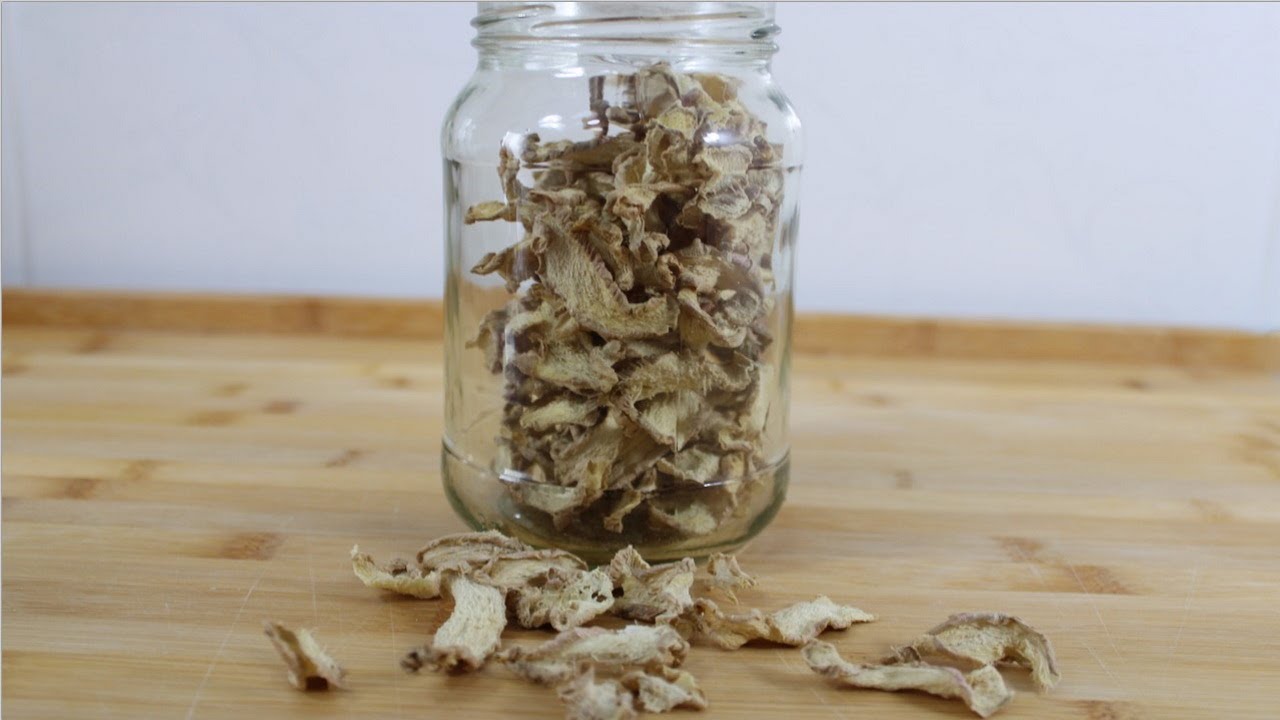Dehydrating Cooked Meat: A Guide to Preserving Your Protein
Dehydrating cooked meat is a fantastic way to preserve your protein for future use. Whether you’re an avid hiker, a camping enthusiast, or simply want to stock up on long-lasting food supplies, dehydrated cooked meat is a convenient and delicious option. In this guide, we’ll walk you through the process of dehydrating cooked meat so you can enjoy its benefits at home or on the go.
Why Dehydrate Cooked Meat?
Dehydrating cooked meat offers several advantages, including:
- Extended shelf life: Dehydrated meat can last for months or even years when stored properly.
- Portability: Dehydrated meat is lightweight and compact, making it an ideal option for outdoor activities.
- Nutrient retention: When done correctly, dehydrating preserves the nutritional value of the meat.
- Convenience: Dehydrated meat can be rehydrated and used in a variety of dishes without the need for refrigeration.
Steps to Dehydrate Cooked Meat
Follow these simple steps to dehydrate cooked meat at home:
- Cook the meat: Start by cooking your meat of choice. Whether it’s chicken, beef, or turkey, ensure that it is thoroughly cooked before proceeding to the next step.
- Cut into strips or cubes: Once the meat is cooked, slice it into thin strips or small cubes. This will help speed up the dehydration process.
- Pre-treat (optional): Some individuals prefer to pre-treat the meat with seasonings or marinades to enhance the flavor. This step is optional but can add an extra dimension to the final product.
- Arrange on dehydrator trays: Lay the meat pieces in a single layer on the dehydrator trays, ensuring that there is space between each piece for proper air circulation.
- Set the temperature: Consult your dehydrator’s manual for specific guidelines, but in general, meat should be dehydrated at a temperature between 130-150°F (54-65°C).
- Monitor and rotate: Check the meat periodically and rotate the trays as needed to ensure even dehydration.
- Test for doneness: The meat is fully dehydrated when it is dry and leathery with no moisture remaining.
- Cool and store: Allow the dehydrated meat to cool completely before transferring it to airtight containers for storage.
Rehydrating and Using Dehydrated Meat
Once your cooked meat is dehydrated, it can be rehydrated and used in various dishes such as soups, stews, casseroles, and more. To rehydrate, simply soak the meat in hot water for approximately 10-15 minutes until it reaches the desired texture. From there, incorporate it into your favorite recipes for a convenient protein boost.
Best Meats for Dehydrating
While most meats can be dehydrated, some are better suited for the process than others. Consider dehydrating the following meats for optimal results:
- Beef: Lean cuts such as sirloin or round are excellent choices for dehydrating.
- Chicken: Skinless, boneless chicken breasts or thighs work well for dehydrating.
- Turkey: Similar to chicken, turkey breast or thigh meat can be successfully dehydrated.
- Game meats: Venison, elk, or other game meats can also be dehydrated for a unique flavor profile.
Conclusion
Dehydrating cooked meat is a simple and effective way to extend the shelf life of your protein while retaining its nutritional value. By following the steps outlined in this guide, you can enjoy the convenience and versatility of dehydrated meat in your culinary endeavors. Whether you’re preparing for a wilderness adventure or simply want to stock up on long-lasting food supplies, dehydrated cooked meat is a valuable addition to any kitchen.
For anyone looking to make the most out of their dehydrator, there are several recipes that are perfect for practicing the art of dehydrating cooked meat. The Chicken Alfredo Pasta is a great starting point, as the creamy sauce rehydrates well and pairs nicely with the tender chicken. For those who enjoy a bit of spice, the Dehydrated Turkey Chili offers a hearty, flavorful option that's easy to prepare. Adventurous cooks will appreciate the Venison Stew, which combines the rich taste of game meat with vegetables and herbs. If you're in the mood for something light yet satisfying, the Turkey and Quinoa Salad is a fantastic choice, offering a mix of textures and flavors that come together beautifully once rehydrated. Lastly, the Dehydrated Fish Chowder is a must-try for seafood lovers, providing a creamy, comforting dish that's perfect for any occasion.
Was this page helpful?
Read Next: How To Dehydrate Food Forbackpacking


